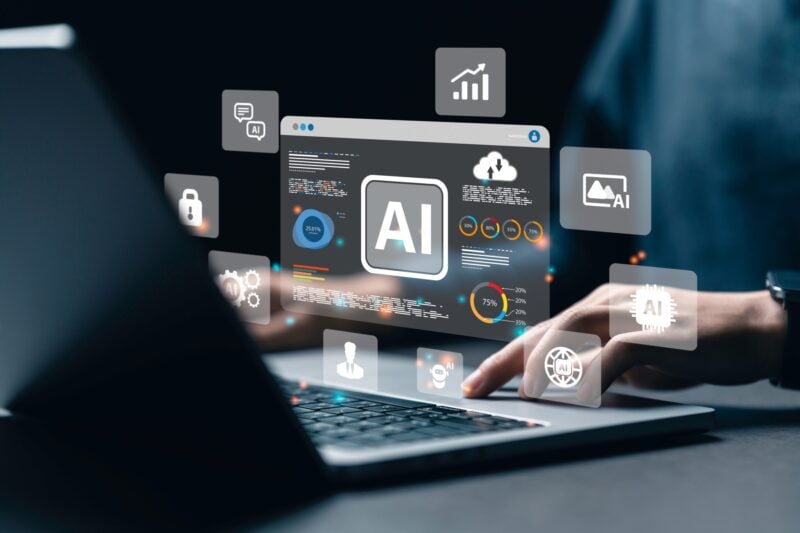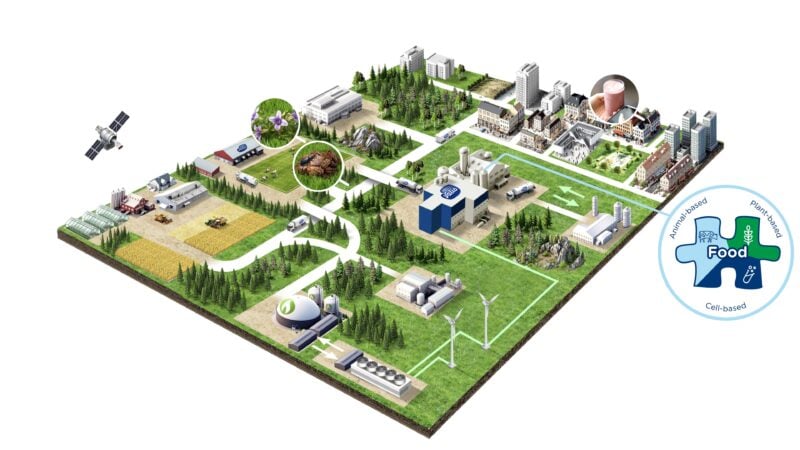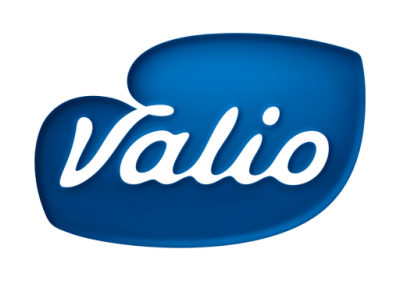Food 2.0 Event: The Transformation of the Food System Towards Digitalization and the Data Economy

Food 2.0 and Food Data Finland collaborated to organize an event addressing the transformation of the food sector towards digitalization and the data economy. The topic clearly sparked interest, as Valio’s auditorium was filled with participants. The event was held in Finnish. Download presentation material in Finnish from the end of the article.
Cultural Change in Companies
Veera Virtanen from Valio and Satu Hulkkonen from GS1 opened the event by discussing cultural changes in companies as they transition towards digitalization and the data economy. They emphasized the importance of collaboration between companies to create unified systems and standardized data.
Olli Leino from Metsä Group showcased how digitalization has transformed forestry. He highlighted how geospatial data and advanced analytics can enhance the efficiency and sustainability of forest management. The forestry sector is ahead of the food sector in terms of digitalization, making Olli’s presentation an eye-opener for attendees to consider the next steps in the food system.
New Regulatory Requirements
Leea Uusi-Hautamaa and Iida Pulliainen from Deloitte addressed upcoming regulatory requirements, particularly the implications of the EU Green Deal on the food sector. They stressed the need for companies to prepare for new regulations and improve data management to meet future demands. At the same time, they offered a reassuring message: “Good enough is sufficient” in navigating the regulatory maze, and striving for perfection isn’t necessary.
Satu Hulkkonen delved deeper into the deforestation regulation as an example and described a project where companies worked together to prepare for its implementation. Finland has the opportunity to be a pioneer in developing a model that could be applied across the EU. However, this requires swift and flexible collaboration between companies. Hanna Hiekkamies from Valio shared how cooperation in the project worked effectively and conveyed a clear, positive message: Collaboration helps everyone meet regulatory requirements.
Data Quality Requirements and Value Creation
Johanna Kotipelto from the Finnish Tax Administration and Mirva Alatyppö from GS1 discussed data quality requirements and how seamless data synchronization and flow create added value. The goal is to achieve a real-time, interoperable economic ecosystem.
Ina Toppari from Animal Health Finland presented how data has contributed to advancing animal welfare. She described how meat, dairy, and egg producers have joined forces to create a system that keeps animal diseases under control and facilitates the flow of information between stakeholders, such as veterinarians, farms, and consumers, in both directions.
Finally, Tarmo Pajunen from Brillian outlined the opportunities artificial intelligence brings to optimizing food processes and accelerating research. Tarmo emphasized starting with the data already available within the company and learning along the way. He also encouraged companies to think big and focus their efforts on their core business.
Future Outlook
The event concluded with a discussion and networking opportunity, allowing participants to share their thoughts and experiences. It is clear that digitalization and the data economy will play a central role in the future of the food sector. Companies must adapt to these changes and leverage collaboration and new technologies to build a sustainable food system. Success doesn’t require going it alone—working together ensures progress!
Downloadable material

Food 2.0 program
Food 2.0 is extensive research, development and innovation project, aiming to create a Finnish nature-smart food system in which growth, profitability and added value are built on the basis of sustainable production.
